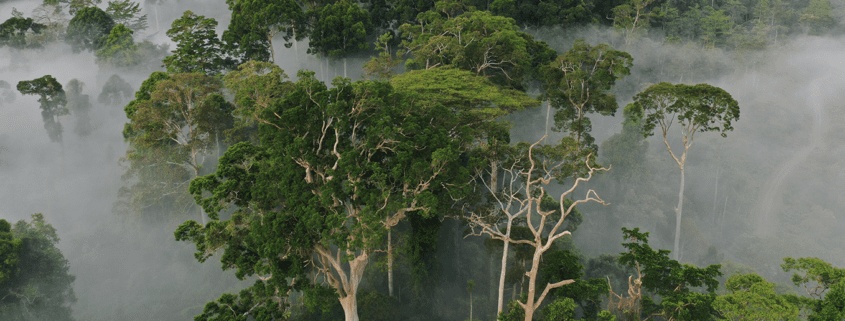Elusive Mammal Rediscovered in Colombia After 113 Years
A member of an elusive rodent species, missing since 1898, took researchers by surprise by coming to the doorstep of the El Dorado Nature Reserve Ecolodge in northwestern Colombia two weeks ago. The spectacular Santa Marta Toro, also known as the Santa Marta Tree Rat (Santamartyamys rufodorsalis) happily posed for nearly two hours as amateur naturalists took the very first photographs of this fuzzy creature, once thought to be extinct.
The charming nocturnal rodent made his re-debut to the world at 9:30 PM on May 4, 2011, at ProAves El Dorado Nature Reserve. The reserve was established in 2005 by Fundación ProAves with the support of Rainforest Trust, American Bird Conservancy, the U.S. Fish and Wildlife Service’s Neotropical Migratory Bird Conservation Act, Fundación Loro Parque, and Conservation International.
The animal was rediscovered by Lizzie Noble and Simon McKeown–two volunteer researchers with ProAves monitoring endangered amphibians. It posed for photographs including close-ups before calmly proceeding back to the forest.
“He just shuffled up the handrail near where we were sitting and seemed totally unperturbed by all the excitement he was causing. We are absolutely delighted to have rediscovered such a wonderful creature after just a month of volunteering with ProAves. Clearly the El Dorado Reserve has many more exciting discoveries waiting,” said Lizzie Noble from Godalming, England.
“The El Dorado Nature Reserve represents the ultimate Noah’s Ark, protecting the last populations of many critically endangered and endemic flora and fauna; a living treasure trove like no other on earth,” said Dr. Paul Salaman, the scientist from the Rainforest Trust who confirmed the identity of the species.
Hear National Public Radio’s interview with Lizzie Noble and Paul Salaman.
The Santa Marta Toro will now likely be designated as Critically Endangered under the International Union for Conservation of Nature (IUCN)’s Red List of Threatened Species criteria. What is most concerning, however, is that much of the tree rat’s potential remaining range is inundated with introduced feral cats that prey on native fauna.
The discovery opens a new chapter in the history of a mammal thought by many to be extinct.
In 2005, Dr. Louise Emmons of the Smithsonian Institution examined the only two specimens of the Santa Marta Toro that exist–specimens that had been collected more than a century ago. She identified a number of unique characteristics and assigned the species to its own genus Santamartamys. It is 18 inches long from head to the tip of the tail and is distinguished by a mane-like band of reddish fur around its neck and a black and white tail.
“Had we not worked with our partners to establish this reserve, it is reasonable to believe this species would still remain something that was only talked about in science journals. Now we need to work with our partners to take steps to see that this species continues to be a part of our world,” said George Fenwick, President of American Bird Conservancy.
“We are so proud that our El Dorado Nature Reserve has provided a safe haven for this enigmatic little guy to survive. The discovery exemplifies why we buy forested properties known to be important for endangered wildlife yet at imminent risk of being destroyed. We are also proud that our volunteers made the discovery of the decade and hope future ecotourists will see the mammal at the reserve,” said Lina Daza, Executive Director of ProAves.
The 2,000-acre El Dorado reserve is named after the legendary lost city of gold and is internationally known as a unique destination for ecotourists. It is situated in cloud forests at 5,900 feet, just two hours’ drive from the coastal tourist city of Santa Marta. The reserve and adjacent lands host the highest concentration of continental, range-restricted bird species found anywhere in the world, including the endangered Santa Marta Parakeet, Santa Marta Bush-Tyrant, and Santa Marta Sabrewing, all of which have their entire or major stronghold populations there. It also holds one of the highest concentrations of endemic and threatened amphibian species in the world. The reserve is listed as an Alliance for Zero Extinction (AZE) site, establishing it among the world’s highest priorities for conservation, yet remarkably little is known about the area.
“This discovery marks the beginning of a major effort to save the Santa Marta Toro and heralds the start of a global initiative in search of lost mammal species,” said Salaman.




